Navigating Home-Based Nail Studio Zoning
Starting a home-based nail studio is exciting. It lets you establish your hours, customize your workspace, and avoid commuting. Creating a commercial beauty and relaxation sanctuary in your home is more challenging than buying nail paints and putting up manicure tables. The intricate zoning restrictions that regulate home-based enterprises can be a significant obstacle.
Local governments create zoning regulations land use and development. These rules segregate residential areas from commercial, industrial, and agricultural zones to keep communities orderly, safe, and enjoyable. Zones can significantly affect home-based enterprises, especially those that attract customers like nail studios.
Your first step should be to examine your local zoning Legal compliance. Legal jargon and municipal rules may make this work onerous. However, understanding these rules is essential to running your nail studio lawfully and without violating local laws.
Most home-based business zoning restrictions focus on many essential issues. One primary consideration is how your business affects neighborhood traffic. Since nail studios attract customers, they may increase traffic and parking demand in your neighborhood. Some zoning rules limit the number of clients you can serve daily or need more parking.
Signage is another consideration. Signs can advertise your business and direct customers to your studio, but many residential zoning restrictions restrict their size, kind, and location. These restrictions preserve residential neighborhoods and prevent commercial signs in unzoned areas.
Zoning rules may also apply to your nail studio’s house improvements. These alterations can range from small interior décor to major structural upgrades. Most local governments demand permits for exterior or structural home alterations. Avoid costly penalties or having to undo alterations by ensuring your renovation plans comply with local building standards and zoning restrictions.
Other regulations may affect your home-based nail studio besides zoning requirements. These can include business licenses, cosmetology health and safety laws, and environmental regulations for nail care chemical disposal.
One way to navigate these legal restrictions is to consult local government representatives. Many communities have small businesses or zoning enforcement departments that can help you comply with local rules. Asking a business law attorney or zoning specialist for guidance can help you start your home-based nail studio the right way.
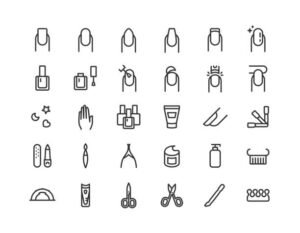
Networking with other local home-based business entrepreneurs can provide zoning legislation and other regulatory advice. These relationships can give practical counsel based on knowledge and alert you to potential concerns.
Maintaining excellent interactions with neighbors is also crucial. Your company will directly affect your residential surroundings, so communicating with neighbors can help reduce issues and complaints. This method builds a friendly community and prevents corporate disagreements.
Zoning rules and starting a home-based nail studio require long-term planning. Getting permissions and following local laws can take time and be frustrating. To navigate this complex world, it would be best to have patience, tenacity, and a proactive attitude toward knowing and meeting legal requirements.
In conclusion, beginning a home-based nail studio is exciting and promising, but you must grasp the legal landscape. Zoning restrictions and other regulations must be navigated to make your home-based nail studio successful and sustainable. By researching, consulting experts, and participating with your community, you may build a business that follows local regulations and improves neighborhood relations.
Impact of Studio Design on Client Experience
The design and atmosphere affect the customer experience when opening a nail studio. Beyond beauty treatments, your studio is a sanctuary where clients can relax, pamper, and escape the daily grind. The relevance of studio design in influencing customer pleasure and loyalty cannot be emphasized, as it covers much more than aesthetic appeal. It involves establishing an environment that matches your brand, is comfortable and safe, and promotes a memorable customer experience.
Studio design begins with thematic and aesthetic coherence that matches your brand’s philosophy and target audience. The design should match your luxury, minimalist, eccentric, or eco-friendly theme. Coherence extends beyond colors and design to layout, lighting, furniture, and aroma. A well-planned theme that resonates with your clientele can make your nail studio stand out in a competitive market and be recommended by future clients.
Lighting transforms studio design. Optimal lighting helps nail artists work precisely and dramatically affects the space’s vibe. Natural light boosts mood and vitality, while soft, mellow lighting creates a friendly, inviting atmosphere. Lighting should meet nail professionals’ needs and improve client satisfaction.
Furniture selection and layout are vital to comfort and a good time. Ergonomically constructed client chairs and technician workstations can improve service quality. Comfortable waiting areas for clients or nail dryers can turn idle time into leisure or socializing. The studio arrangement should promote flow, reduce clutter, and make all tools and items accessible.
In nail studio design, cleanliness, hygiene, and safety are crucial. In the beauty and personal care industry, customer safety is paramount. Non-porous surfaces, ventilation, and hand sanitizing stations should be included in the design. Maintaining cleanliness and safety can boost client trust in your services.

Personalizing the client experience through design can also distinguish your nail studio. Offering customizable lighting and chair settings, bespoke music, or fragrant lotions and oils can make clients feel loved and cared for. Personalization promotes customer satisfaction and encourages repeat business.
Engaging and interactive environments improve client experiences. A nail art display area where customers can choose designs or a leisure zone with wellness books and periodicals can enhance the visit. Interactive elements amuse visitors and strengthen brand loyalty.
Technology in studio design is becoming standard to improve client experience. Online booking, virtual nail design, and digital color selection apps can improve your studio’s service process and add modern flair. Technology can also collect customer input to improve and personalize services.
Studio design now prioritizes environmental sustainability as consumers choose eco-friendly firms. Sustainable design components like energy-efficient lighting, eco-friendly materials, and trash minimization help lessen your studio’s ecological impact and attract environmentally sensitive clientele. A dedication to sustainability can boost your brand’s image and attract eco-conscious customers.
The design of your nail studio includes sensory sensations. Music, smell, and teas or beverages can all create a multimodal customer experience. These items should be carefully selected to match the studio’s concept and vibe, providing a unified and immersive setting that clients like returning to.
In conclusion, nail studio design is complex and affects customer satisfaction. Design should be carefully planned and matched with your brand’s identity and values, from aesthetics and comfort to safety, customization, and sustainability. A well-designed studio boosts customer happiness and loyalty and helps you stand out in a congested industry. To build a devoted customer and a successful nail studio, create a welcoming, memorable, and engaging setting.

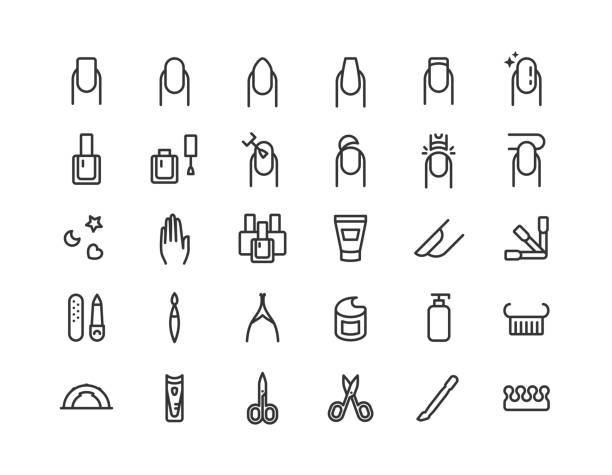


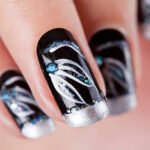

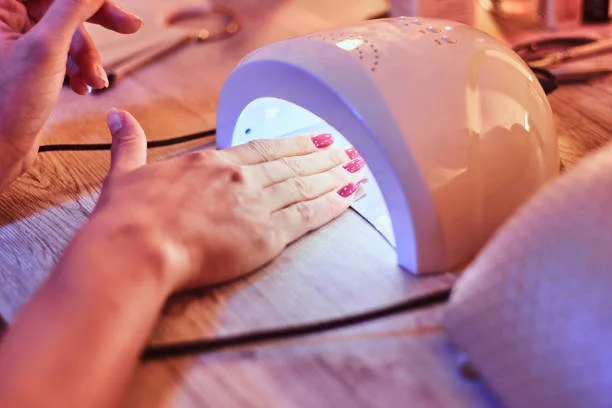
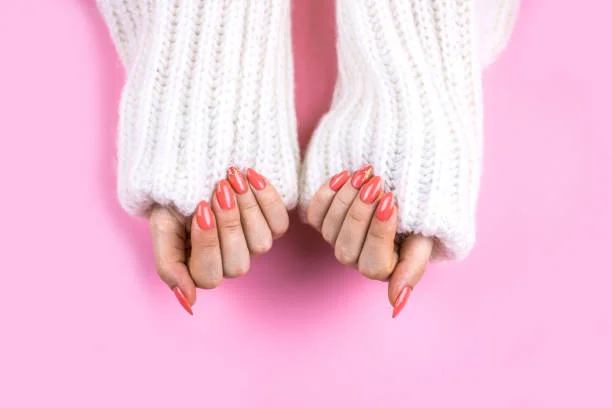
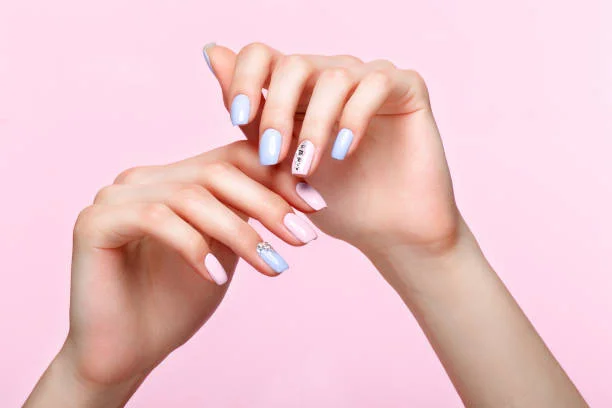
Leave a Reply